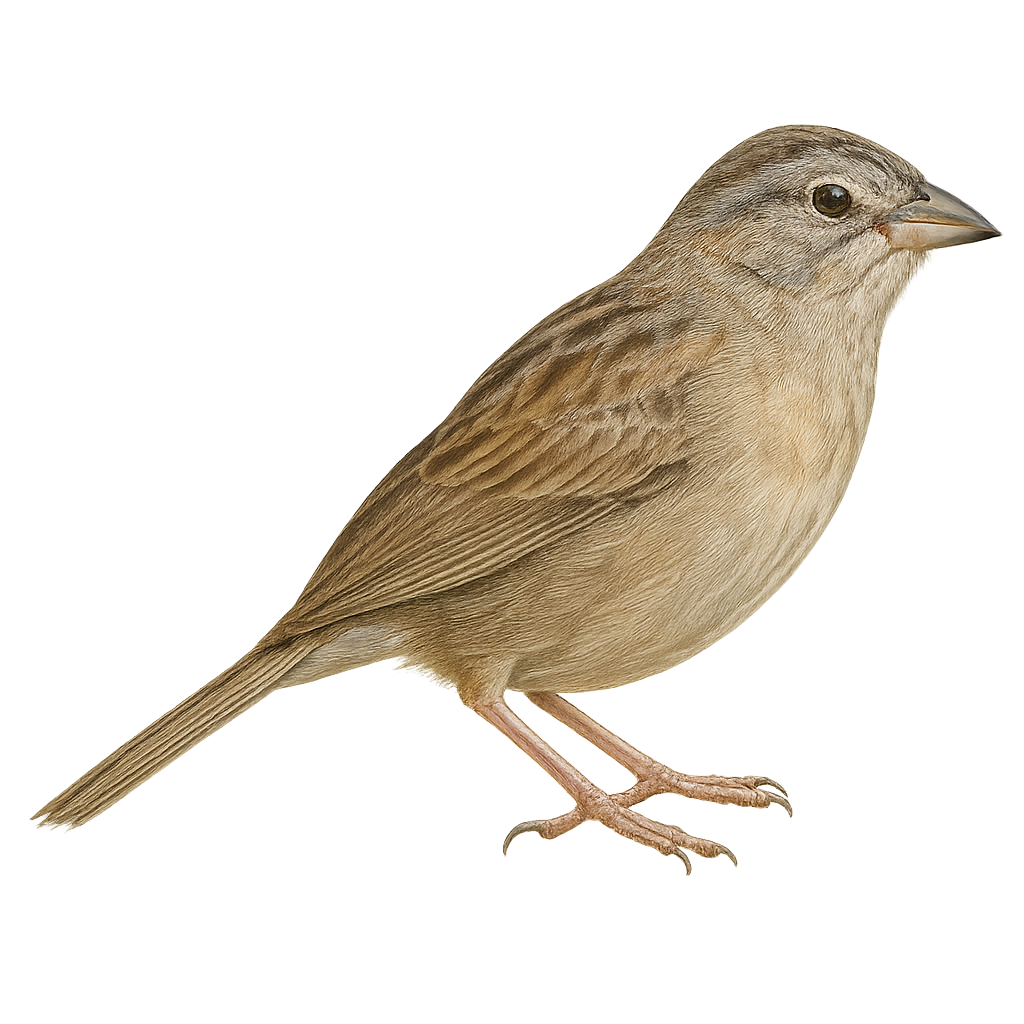Your wildlife photography guide.
Explore the botteri's sparrow in detail, study its behavior, prepare your shots.
Where to observe and photograph the botteri's sparrow in the wild
Learn where and when to spot the botteri's sparrow in the wild, how to identify the species based on distinctive features, and what natural environments it inhabits. The WildlifePhotographer app offers tailored photography tips that reflect the botteri's sparrow’s behavior, helping you capture better wildlife images. Explore the full species profile for key information including description, habitat, active periods, and approach techniques.
Botteri's Sparrow
Scientific name: Peucaea botterii

IUCN Status: Least Concern
Family: PASSERELLIDAE
Group: Birds
Sensitivity to human approach: Suspicious
Minimum approach distance: 10 m
Courtship display: May to July
Incubation: 11-13 jours
Hatchings: May to August
Habitat:
Grasslands, shrublands, savannas
Activity period :
Primarily active during the day, with peak activity in the morning and late afternoon.
Identification and description:
The Botteri's Sparrow is a small, inconspicuous bird primarily found in the grasslands and shrublands of the southern United States and Mexico. It is characterized by its dull brown plumage, which allows it to blend into its surroundings. This passerine prefers open habitats with low vegetation, where it feeds on seeds and insects. Its song, though simple, is a key aspect of its territorial behavior. During the breeding season, the male often sings from a low perch to attract a mate. Despite its modest appearance, the Botteri's Sparrow plays an essential role in the ecosystem by contributing to seed dispersal and insect population control.
Recommended lens:
400mm – adjust based on distance, desired framing (portrait or habitat), and approach conditions.
Photography tips:
To photograph the Botteri's Sparrow, it is advisable to use a telephoto lens of at least 400mm to capture detailed images without disturbing the bird. Look for open areas with low vegetation, where these birds are often active. Be patient and discreet, as they can be suspicious. Morning is the best time to observe them, as they are more active and their song is more frequent. Use a tripod to stabilize your camera and achieve sharp images.
The WildlifePhotographer App is coming soon!
Be the first to explore the best nature spots, track rutting seasons, log your observations, and observe more wildlife.
Already 1 432 wildlife lovers subscribed worldwide

